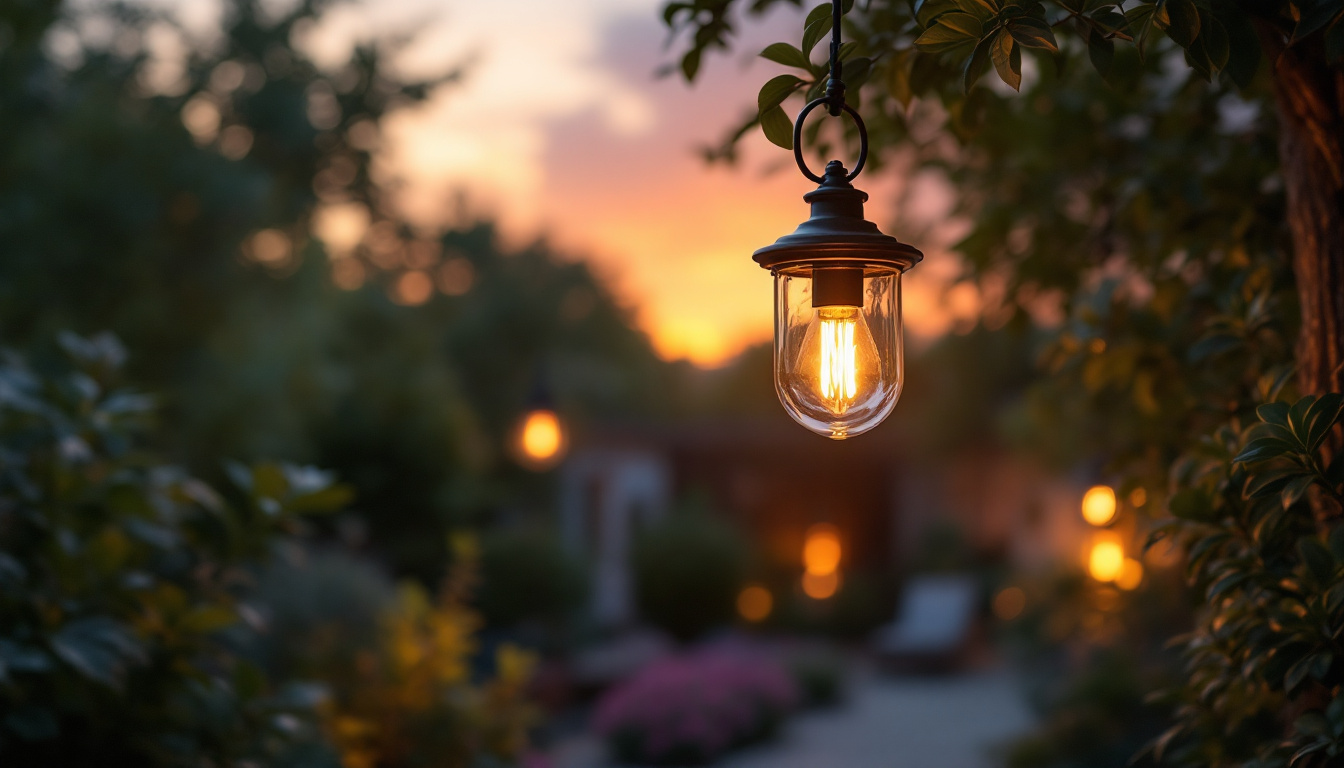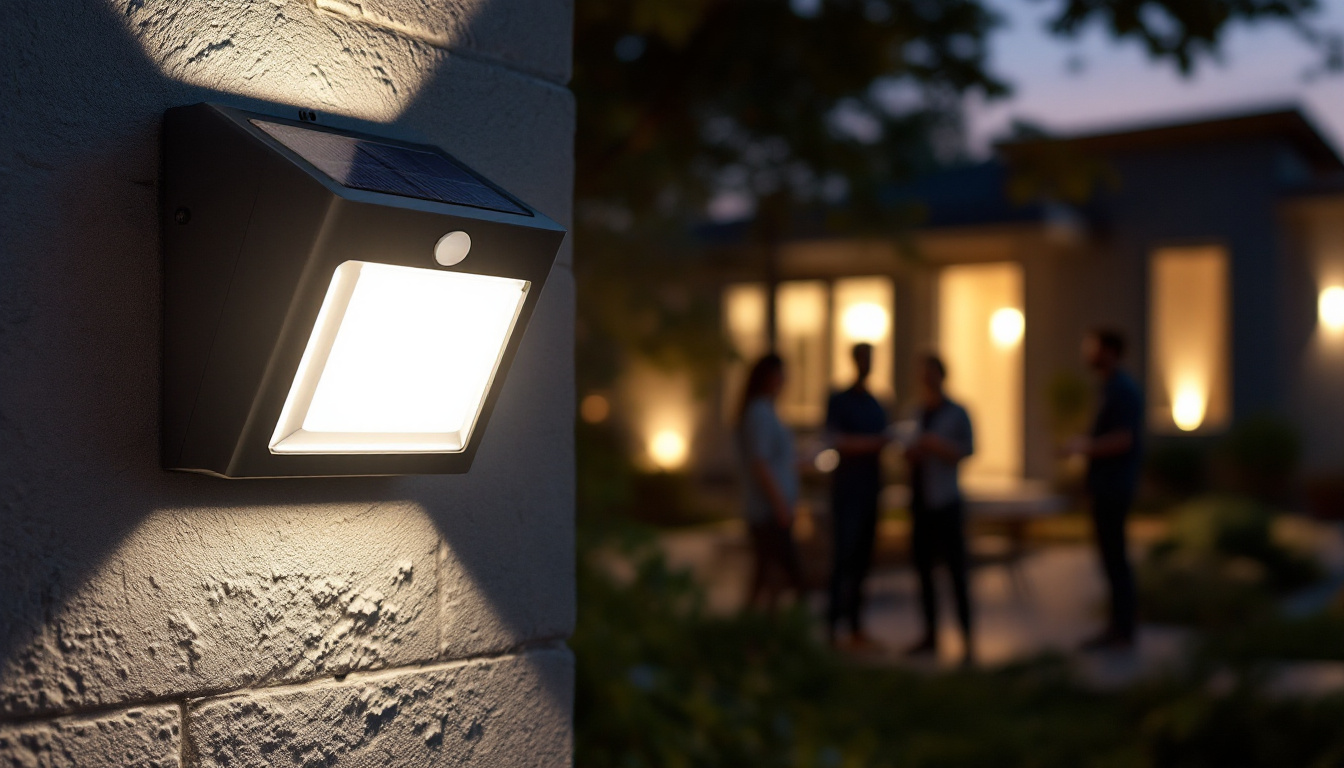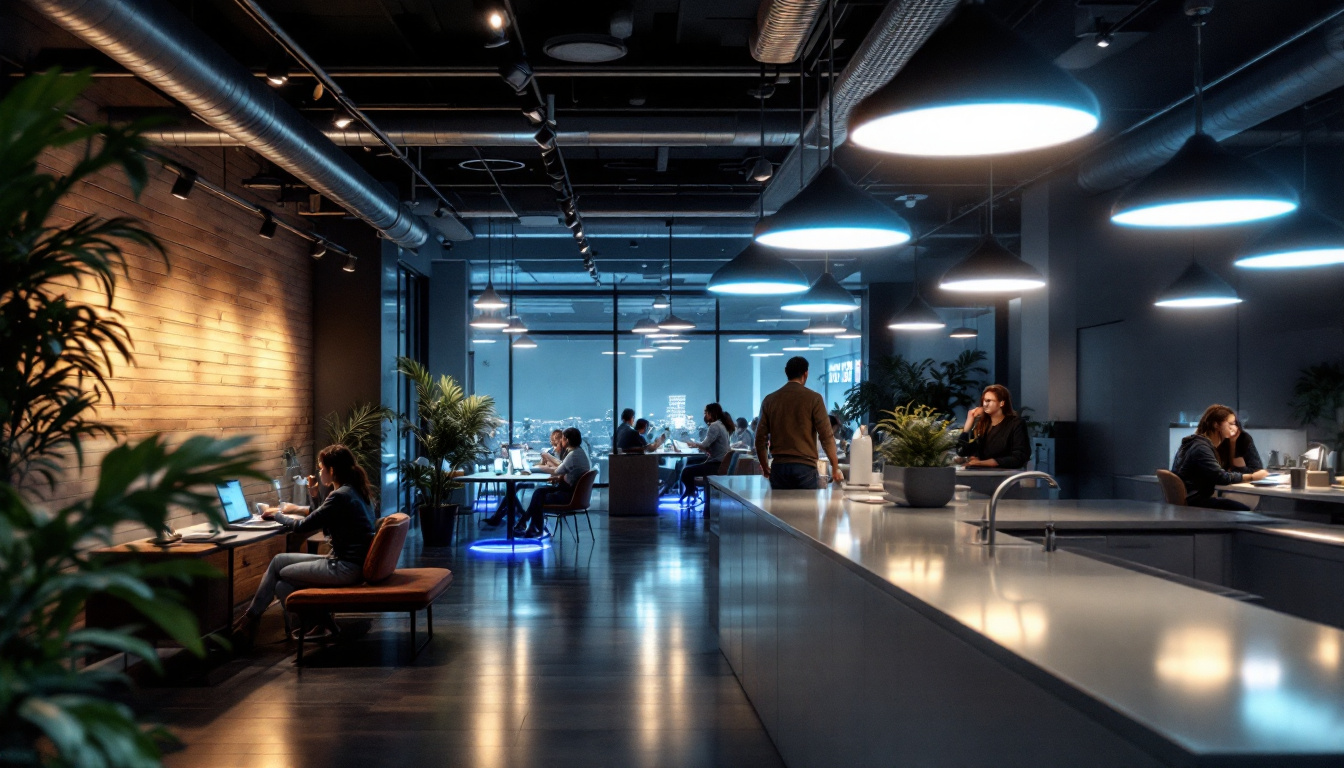
The transition to LED lighting has transformed the way bathrooms are illuminated, offering energy efficiency, longevity, and versatility. However, for lighting contractors, the integration of LED technology in bathroom settings presents a unique set of challenges. From installation complexities to ensuring compliance with regulations, understanding these hurdles is crucial for successful project execution. This article delves into the top challenges faced by lighting contractors when working with LED bathroom lights.
Before diving into the specific challenges, it is essential to grasp the fundamentals of LED technology. LEDs, or Light Emitting Diodes, are semiconductor devices that emit light when an electric current passes through them. This technology is not only energy-efficient but also offers longer lifespans compared to traditional incandescent or fluorescent lights. The efficiency of LEDs can lead to significant energy savings, making them an attractive option for both residential and commercial applications. Furthermore, their compact size allows for innovative designs and applications that were previously impossible with larger bulbs.
However, the unique characteristics of LEDs, such as their directional lighting and varying color temperatures, require contractors to adapt their approach to design and installation. Understanding these nuances is the first step in overcoming the challenges associated with LED bathroom lighting. For instance, the ability to dim LEDs without flickering or color shift adds another layer of complexity, as it requires compatible dimmers and careful selection of LED products. This adaptability in design can enhance the overall aesthetic of a space, allowing for a more personalized lighting experience.
One of the primary challenges contractors face is selecting the appropriate color temperature for bathroom environments. Bathrooms often serve multiple purposes, from relaxation to grooming, and the right lighting can significantly impact the ambiance. The psychological effects of color temperature are profound; warm light can evoke feelings of comfort and tranquility, while cooler tones can stimulate alertness and focus. This understanding can help contractors guide their clients in making informed decisions that align with their intended use of the space.
Contractors must educate clients about the differences between warm, neutral, and cool white light. While warm white (2700K-3000K) creates a cozy atmosphere, cool white (4000K-5000K) is ideal for tasks requiring clarity, such as shaving or applying makeup. Striking the right balance is crucial, as poor color temperature choices can lead to dissatisfaction and require costly rework. Additionally, the use of color-changing LED fixtures can offer flexibility, allowing users to adjust the ambiance based on their mood or activity, thus enhancing the functionality of the bathroom space.
Another aspect of LED technology that can complicate installations is the directional nature of LED lighting. Unlike traditional bulbs that emit light in all directions, LEDs are often designed to focus light in a specific direction. This can create challenges in achieving even illumination throughout the bathroom. The strategic placement of fixtures becomes essential, as improper positioning can result in harsh shadows or overly bright spots that detract from the overall design.
Contractors must carefully plan the placement of fixtures to avoid dark spots or overly bright areas. Utilizing a combination of ambient, task, and accent lighting can help achieve a well-balanced lighting design. Additionally, understanding the beam angle of each LED fixture is vital to ensure optimal light distribution. For example, a narrow beam angle may be suitable for highlighting artwork or architectural features, while a wider beam angle can provide general illumination. Incorporating dimmable options and smart lighting controls can further enhance the adaptability of the lighting scheme, allowing homeowners to tailor the brightness and mood to their specific needs and preferences.
Installing LED bathroom lights involves more than just replacing old fixtures. The unique attributes of LEDs can complicate the installation process, requiring contractors to be well-versed in various techniques and considerations.
One significant challenge is ensuring electrical compatibility. Many LED fixtures require specific voltage and wattage levels, and using incompatible fixtures can lead to performance issues or even damage. Contractors must assess the existing electrical infrastructure and determine whether upgrades or modifications are necessary.
Moreover, the use of dimmers with LED lights can be problematic. Not all dimmer switches are compatible with LED technology, which can result in flickering or reduced lifespan of the bulbs. It is crucial for contractors to recommend compatible dimmers to clients, ensuring a seamless integration of lighting controls. In some cases, contractors may need to replace existing dimmer switches with those specifically designed for LEDs, which might involve additional costs and planning. Clients should be informed about these potential changes to avoid surprises during the installation process.
Bathrooms are inherently humid environments, which poses a challenge for lighting installations. Not all LED fixtures are designed to withstand moisture, and using non-rated fixtures in wet areas can lead to safety hazards and premature failure.
Contractors must be diligent in selecting fixtures that are specifically rated for bathroom use, often indicated by an Ingress Protection (IP) rating. Fixtures with a higher IP rating are better suited for areas exposed to water splashes or high humidity, ensuring longevity and safety. Additionally, the placement of fixtures is critical; lights should be installed away from direct water sources, such as above bathtubs or showers, to further mitigate risks. Proper ventilation in the bathroom can also play a significant role in prolonging the life of LED fixtures, as it helps reduce moisture buildup that can lead to corrosion and electrical issues.
Furthermore, the aesthetic aspect of LED lighting in bathrooms should not be overlooked. With the wide variety of designs available, contractors can help clients choose fixtures that not only meet safety standards but also enhance the overall decor of the space. This includes considering the color temperature of the LEDs, which can dramatically affect the ambiance of the bathroom. Warmer tones can create a relaxing atmosphere, while cooler tones may be more suitable for task-oriented areas, such as near mirrors for grooming. Balancing functionality with style is essential in achieving the desired look and feel of the bathroom lighting.
Compliance with local building codes and safety standards is a critical aspect of any lighting project. The introduction of LED technology has led to new regulations that contractors must navigate to ensure their installations meet legal requirements.
Many regions have implemented energy efficiency standards that dictate the types of lighting that can be used in residential and commercial spaces. Contractors must stay informed about these regulations to ensure that the LED products they choose comply with local laws.
Failure to adhere to energy efficiency standards can result in fines or the need for costly retrofits. Additionally, educating clients about the benefits of energy-efficient lighting can help them make informed decisions, ultimately leading to higher satisfaction with the installed products.
In addition to energy efficiency regulations, contractors must also comply with electrical codes that govern the installation of lighting systems. These codes are designed to ensure safety and prevent hazards such as electrical fires or shock.
Contractors should be familiar with the National Electrical Code (NEC) and any local amendments that may apply. This knowledge is essential for ensuring that all wiring, fixtures, and controls are installed correctly and safely, protecting both the contractor and the homeowner.
One of the softer challenges that lighting contractors face is managing client expectations. With the rapid advancement of LED technology, clients may have misconceptions or unrealistic expectations about performance and aesthetics.
Education is key to bridging the gap between client expectations and the realities of LED lighting. Contractors should take the time to explain the benefits, limitations, and maintenance requirements of LED fixtures. For instance, while LEDs have a longer lifespan, they may not provide the same warm glow as traditional incandescent bulbs, which could be a point of contention for some clients.
By setting realistic expectations from the outset, contractors can foster a more positive relationship with clients and reduce the likelihood of dissatisfaction after installation.
Every bathroom is unique, and lighting solutions should be tailored to fit the specific needs and preferences of the homeowner. Contractors must engage in thorough design consultations to understand the client’s vision and how LED lighting can enhance that vision.
This process may involve discussing various fixture styles, color temperatures, and lighting layouts. Providing clients with visual aids, such as mood boards or 3D renderings, can help them visualize the final outcome and make informed decisions.
The lighting industry is continuously evolving, and staying ahead of trends can help contractors remain competitive. Understanding emerging technologies and design trends can provide valuable insights for future projects.
One of the most significant trends in lighting is the integration of smart technology. Smart LED fixtures allow homeowners to control their lighting remotely, adjust brightness levels, and even change color temperatures through smartphone apps or voice commands.
Contractors should familiarize themselves with smart lighting options and how to integrate them into bathroom designs. This not only adds value to the project but also appeals to tech-savvy clients looking for modern solutions.
As sustainability becomes a priority for many homeowners, contractors should consider eco-friendly lighting solutions. This includes selecting LED products that are made from recyclable materials or those that have been certified for energy efficiency.
Promoting sustainable practices not only aligns with current consumer preferences but also positions contractors as responsible and forward-thinking professionals in the industry.
The challenges associated with LED bathroom lights are multifaceted, ranging from technical installation issues to client education and regulatory compliance. By understanding these obstacles and proactively addressing them, lighting contractors can enhance their service offerings and ensure successful project outcomes.
Staying informed about the latest trends and technologies in LED lighting will further empower contractors to meet the evolving needs of their clients. As the demand for energy-efficient and aesthetically pleasing lighting solutions continues to grow, embracing these challenges will ultimately lead to greater opportunities in the lighting industry.
Ready to tackle the challenges of LED bathroom lighting with confidence? At LumenWholesale, we provide lighting contractors with the high-quality, spec-grade LED solutions you need to master any project. With our unbeatable wholesale prices and commitment to cutting out the middleman, you can trust that you’re getting the best value for your investment. Our extensive selection not only meets but exceeds industry standards, guaranteeing reliable and high-performance lighting every time. Plus, with free shipping on bulk orders, you can stock up on premium lighting without worrying about hidden fees or compromises. Elevate your lighting game and ensure your projects shine with Wholesale Lighting at the Best Value from LumenWholesale.

Discover how outdoor lamp hanging is revolutionizing the lighting industry for contractors.

Discover the cost breakdown of pot lights with insights from professional lighting contractors.

Discover effective strategies for training your team in the installation and maintenance of Solar LED Outdoor Motion-Activated Wall Pack Lights, boasting 400 lumens of brightness.

Discover how commercial LED light bulbs can revolutionize your lighting projects with energy efficiency, longevity, and cost savings.